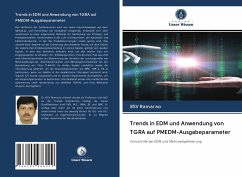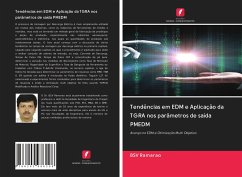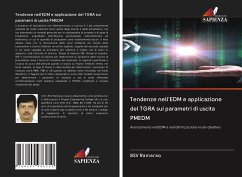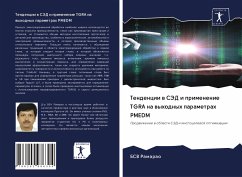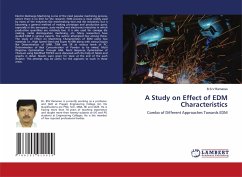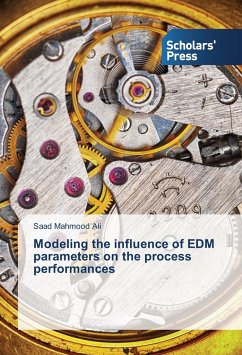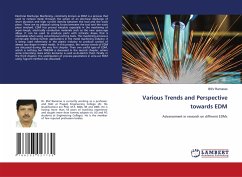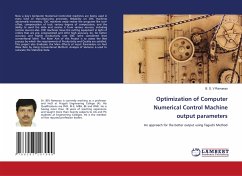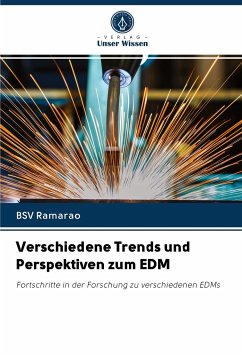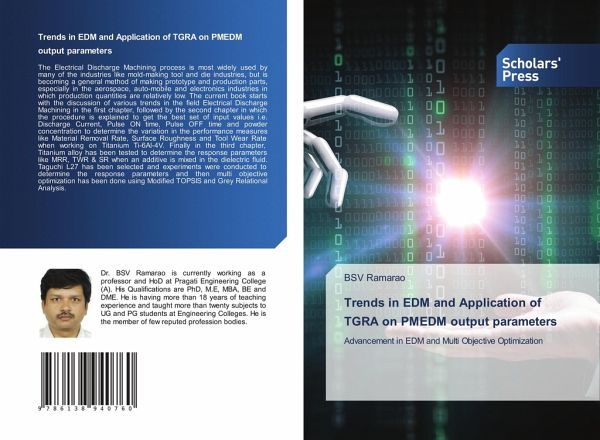
Trends in EDM and Application of TGRA on PMEDM output parameters
Advancement in EDM and Multi Objective Optimization
Versandkostenfrei!
Versandfertig in 6-10 Tagen
30,99 €
inkl. MwSt.

PAYBACK Punkte
15 °P sammeln!
The Electrical Discharge Machining process is most widely used by many of the industries like mold-making tool and die industries, but is becoming a general method of making prototype and production parts, especially in the aerospace, auto-mobile and electronics industries in which production quantities are relatively low. The current book starts with the discussion of various trends in the field Electrical Discharge Machining in the first chapter, followed by the second chapter in which the procedure is explained to get the best set of input values i.e. Discharge Current, Pulse ON time, Pulse...
The Electrical Discharge Machining process is most widely used by many of the industries like mold-making tool and die industries, but is becoming a general method of making prototype and production parts, especially in the aerospace, auto-mobile and electronics industries in which production quantities are relatively low. The current book starts with the discussion of various trends in the field Electrical Discharge Machining in the first chapter, followed by the second chapter in which the procedure is explained to get the best set of input values i.e. Discharge Current, Pulse ON time, Pulse OFF time and powder concentration to determine the variation in the performance measures like Material Removal Rate, Surface Roughness and Tool Wear Rate when working on Titanium Ti-6Al-4V. Finally in the third chapter, Titanium alloy has been tested to determine the response parameters like MRR, TWR & SR when an additive is mixed in the dielectric fluid. Taguchi L27 has been selected and experiments were conducted to determine the response parameters and then multi objective optimization has been done using Modified TOPSIS and Grey Relational Analysis.



